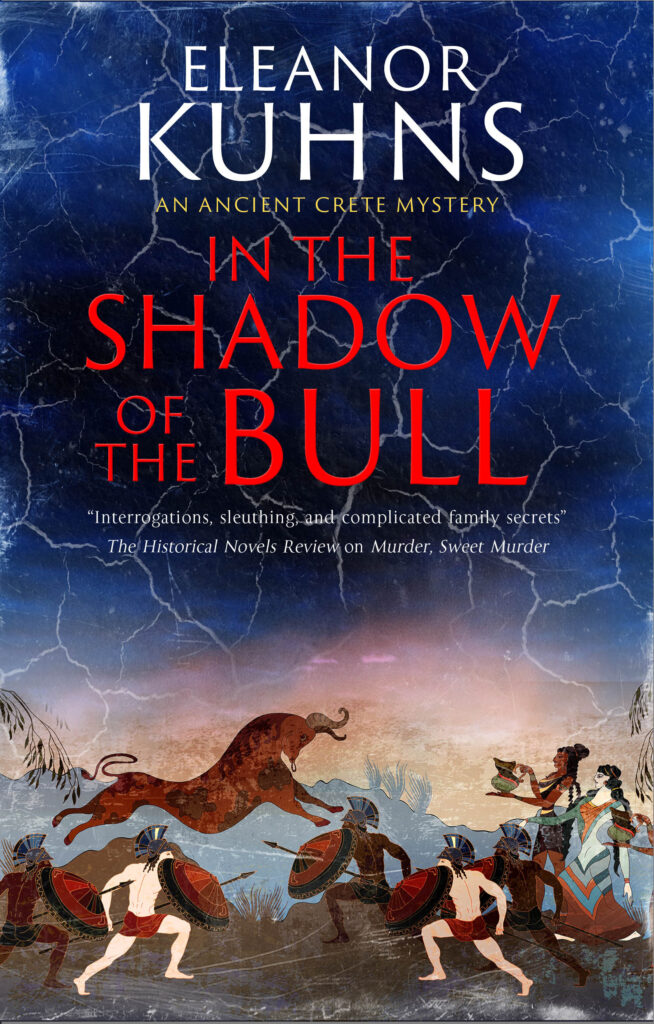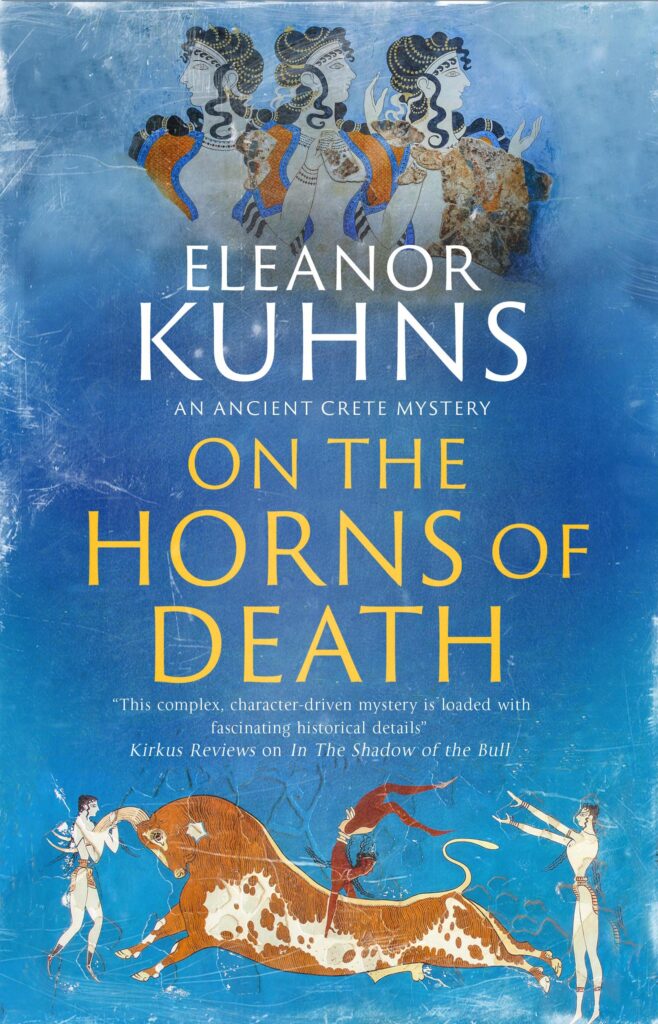My knowledge of Helen is taken from popular culture: movies, myths and the like. I began to realize that I actually knew very little of the story. I picked up a biography by Bettany Hughes called: Helen of Troy: Goddess, Princess, Whore.
Very interesting.
One of the things that has always puzzled me is the description of the God Apollo – the sun God. He has blond hair. Why? This is Greece after all. Helen is always described as blond. And Menelaus is described as having red hair.
Like all of the countries in Europe, Greece has seen regular influxes of new people. In the Neolithic and Paleolithic such movements populated islands like Crete. But once a area is populated a wave of new people is viewed as an invasion.
The Mycenaeans were one such group. Described by archeologists as an Indo-Duropean culture, they swept onto the Greece mainland and then to Crete. By around 1500 B.C. the pottery and architecture on Crete, although heavily influenced by the Minoans, was now Mycenaean. And they were a warrior patriarchal culture.
But I digress.
These Mycenaeans apparently carried genes for both blond and red hair.
Helen is also described as fair and white-skinned. Pale skin certainly goes with blond hair, that is true, but I think the association with fair skin and beauty has a much longer history. Both Egyptian and Cretan art color males as reddish-brown. The women, even the bull-leapers wearing loincloths like their male teammates, are white. White lead for the skin has been found in tombs. (So white lead to whiten the skin has a long history – take that Queen Elizabeth I.) Some of the frescos and cult figures show women with that unnaturally white skin. Red circles are painted on their cheeks and chin and the scarlet suns are surrounded by dots. The research I have done suggests these decorations had some religious meaning but I don’t think anyone knows for sure.
Anyway, Paintings of Helen right through the Middle Ages portray her with an almost corpse like pallor. Why is that considered beautiful? Because she clearly did not toil in the fields?
The other cosmetic used throughout the Mediterranean is kohl. We are familiar with the frescos that show both men and women with the heavy black lines around their eyes. The use of kohl actually had a practical purpose: it protected the eyelids from sunburn and acted as an insect repellent. A recipe for kohl includes charred almond shells, soot, and frankincense. It must have been incredibly sticky. However, it was probably necessary.
In the well-known bust of Nefertiti, one eye is blind. Is the statue damaged? Or is this an accurate representation of Nefertiti? Caused by the bacterium Chlamydia trachomatis, trachoma is easily spread through direct personal contact, shared towels and cloths, and flies that have come in contact with the eyes or nose of an infected person. If left untreated, repeated trachoma infections can cause severe scarring of the inside of the eyelid and can cause the eyelashes to scratch the cornea (trichiasis). In addition to causing pain, trichiasis permanently damages the cornea and can lead to irreversible blindness.
One other note. Writings from that time, including Homer’s Iliad, describe Helen as ‘shimmering’ and ‘glittering’. Besides the jewelry she wore, Helen would have been dressed in the finest of clothing. According to Hughes, the linen clothing of that time would gave been brushed with olive oil which leaves a shiny residue. So she actually would have glittered. Who knew?


